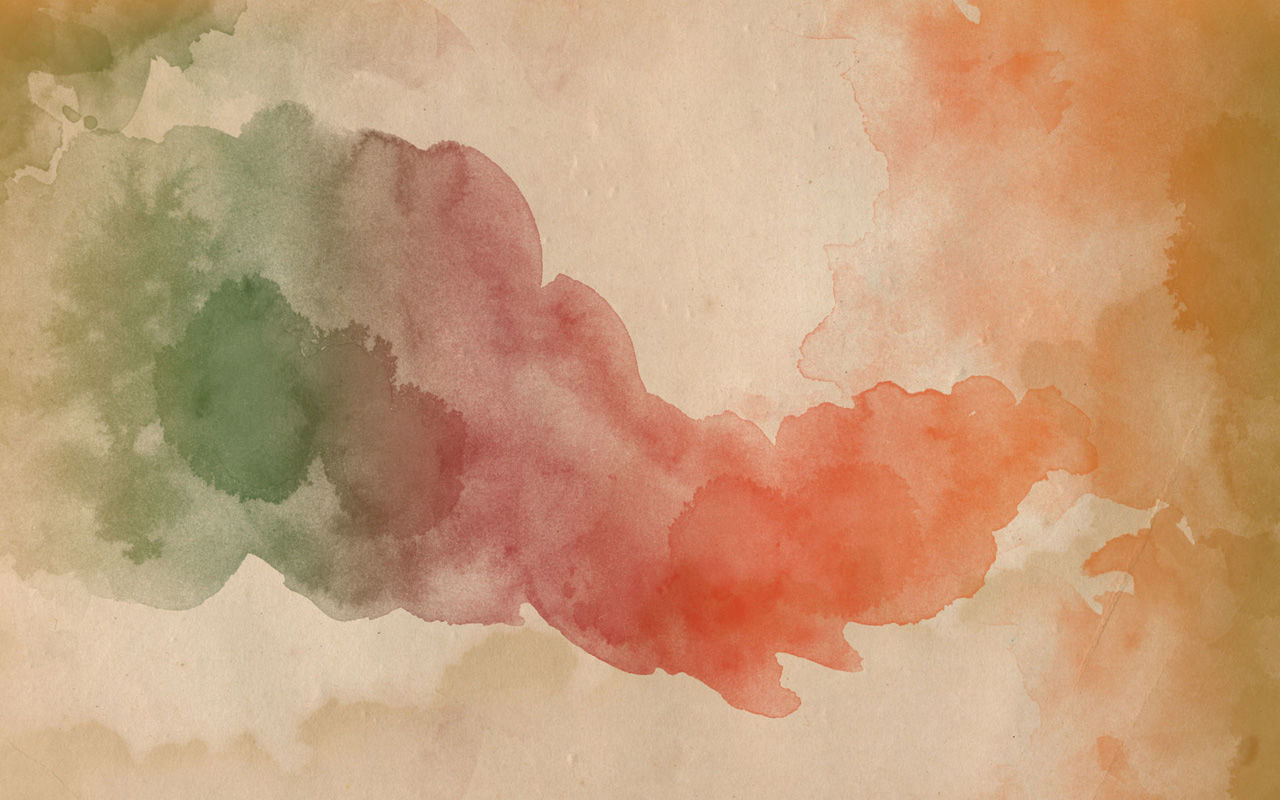

Modelo Universitario COP21
Human Rights
Environmental refugee, invisible refugee?
Unfortunately, a lot of people are forced to flee their homes because of environmental deterioration or natural catastrophes, direct consequences of our neglecting behaviors to the planet. These people are called “climate refugees” or “environmental migrants”. Given that no official identification criteria was established, it becomes extremely difficult to differentiate them political or economic refugees. At the same time, environmental migration numbers keep climbing. The necessity for the creation of a juridical status for them is therefore imminent. It needs to be accepted internationally and correspond to the social realities of their situations. Actually, the Migration International Organization classifies environmental refugees into three categories: (1) those chased away temporarily because of a natural catastrophe, (2) those expulsed permanently because of infrastructural projects such as hydroelectric dams and (3) those having to migrate because their environment does not provide the essential resources to their survival. A lot is still to be done for those people to be in full possession of their rights and be integrated in their host nations.
Right to the water, a reality?
Today, access to drinkable water seems to be a given. This idea is recognized by the Committee of Economic, Social and Cultural Rights that describes the right to “have at one’s disposal healthy, acceptable, accessible water and in sufficient quantities for personal and domestic use”. The United Nations General Assembly claims the same: “the right to drinkable water and sanitation is an essential Humans Right”. However, global warming’s sad reality seriously impacts one’s right to water. Today, 884 million people don’t have access to drinkable water. That alarming figure is, more than ever, a proof of the emergency to implement concrete measures to establish water as an essential right.
